Tigers, the largest of the big cats, are renowned for their elusive nature. These magnificent creatures have captured the imagination and curiosity of humans for centuries. Their secretive behavior, impressive camouflage, and dwindling populations in the wild make them a symbol of mystery and intrigue. Dive into the factors that contribute to the tiger’s reputation as the most elusive of big cats.
Masters of Camouflage
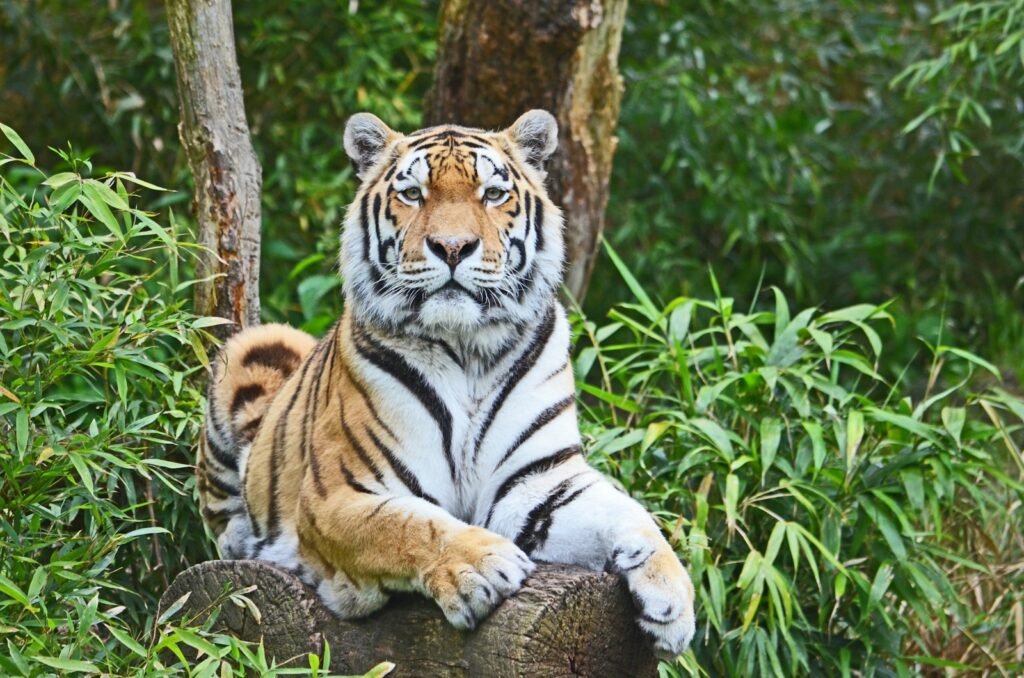
Tigers are masters of disguise, thanks to their distinctive orange and black striped coats. This natural camouflage allows them to blend seamlessly into their forested habitats, aiding them in becoming virtually invisible to both prey and potential threats. The striping pattern, unique to each individual, breaks up the outline of their bodies, making them difficult to spot in the dappled light of dense jungle environments.
Solitary Predators
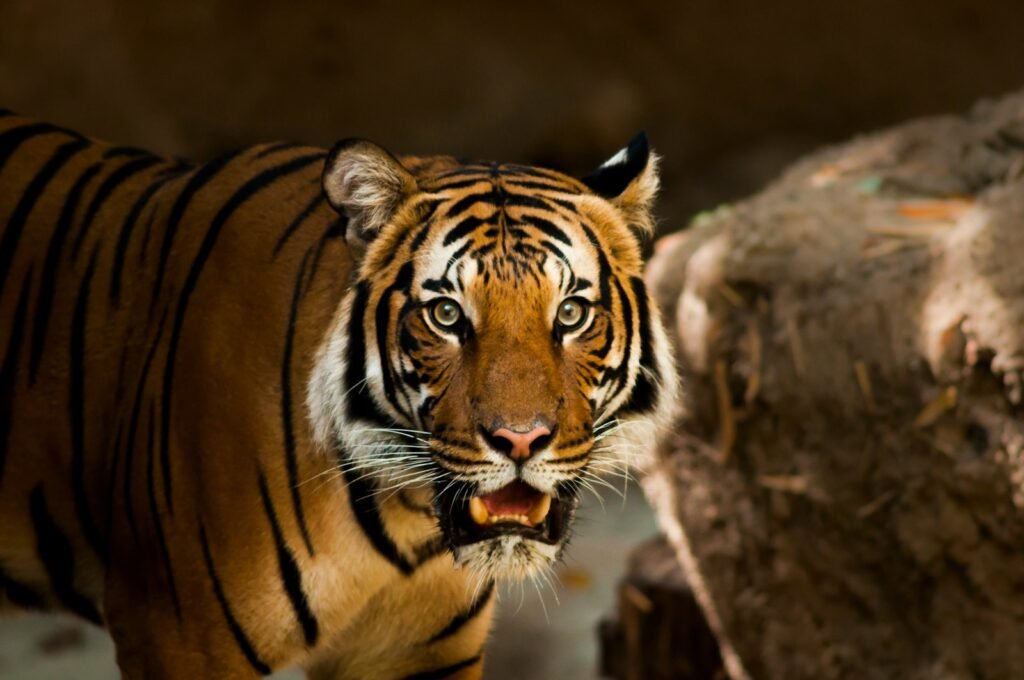
Unlike lions, which form social prides, tigers are solitary by nature. Each tiger maintains and defends a large territory, making sightings rarer compared to more social big cats. Their solitary status not only contributes to their elusive reputation but also impacts the dynamics of their ecosystems.
Extensive Territories
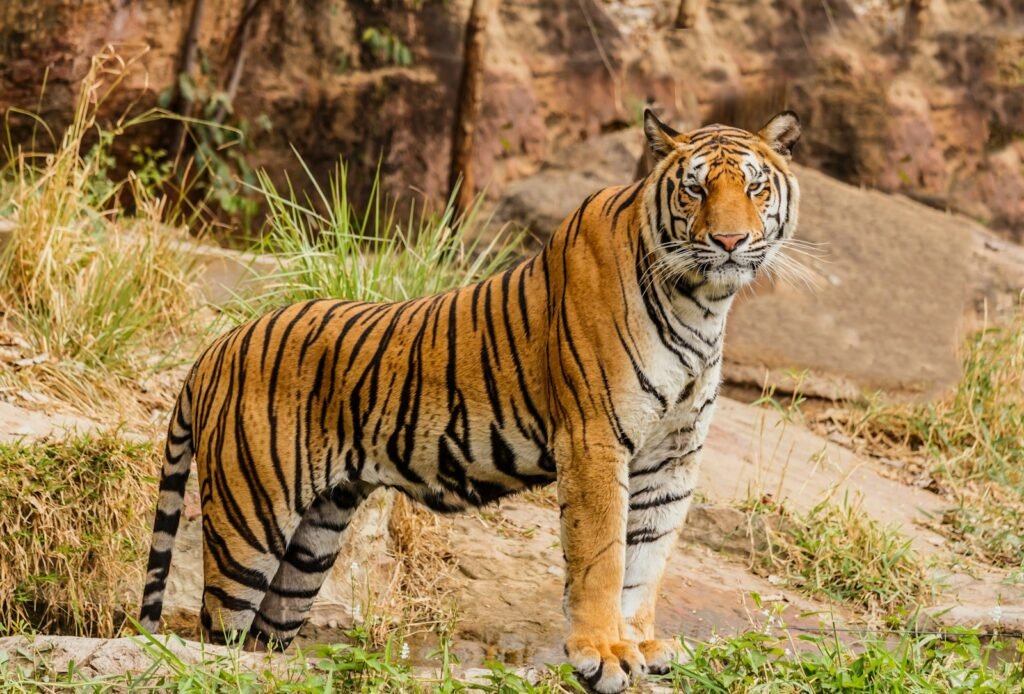
Tigers require vast territories to support their hunting habits. Depending on the availability of prey and environmental conditions, a single tiger’s territory can range from 20 to 400 square kilometers. This extensive range means that tigers are often on the move, further reducing the likelihood of human encounters.
Nocturnal Habits

Mostly nocturnal, tigers prefer to hunt under the cover of darkness when their keen eyesight gives them an advantage. This preference for the night hours further distances them from human activity, which primarily occurs during the day. Exploring the world of tigers through night-vision cameras and tracking allows researchers unique insights into their elusive lives.
Endangered Populations
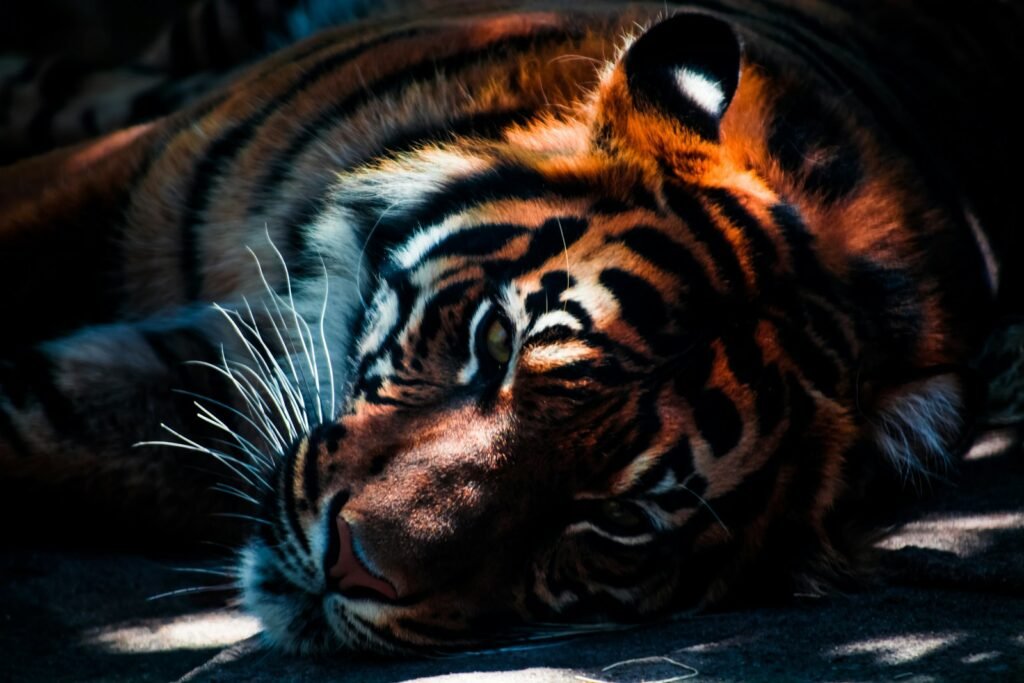
The regrettable decline in tiger populations due to habitat destruction, poaching, and human-wildlife conflict has contributed to their elusive status. With fewer individuals left in the wild, chances of stumbling upon these magnificent creatures are rare, even in their natural habitats.
Diverse Habitats
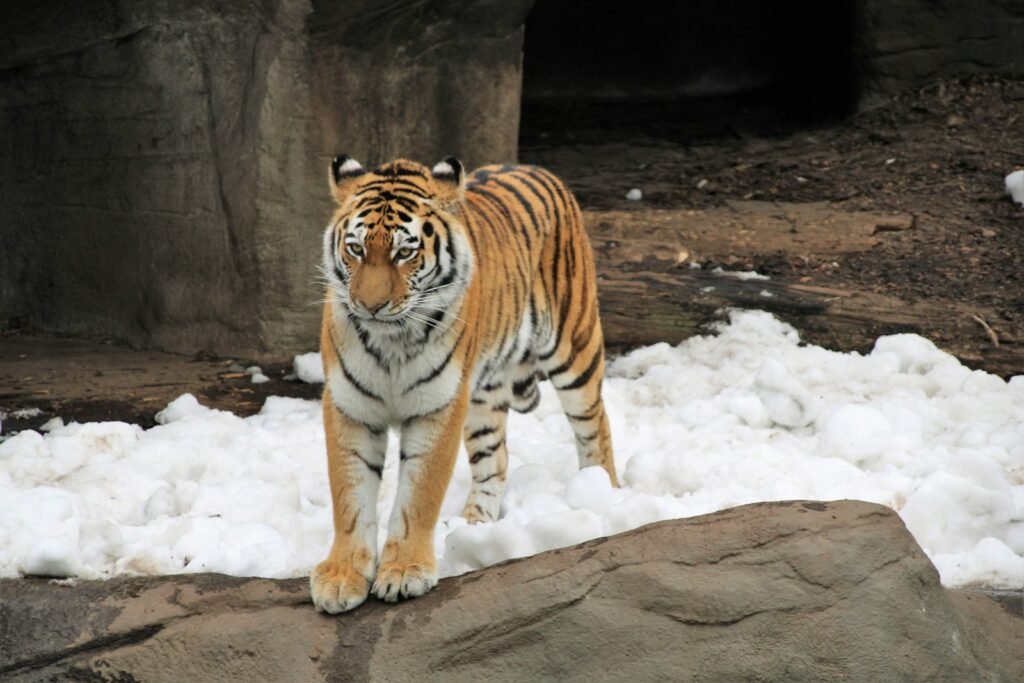
Tigers are adaptable and can thrive in a variety of environments – from tropical rainforests and mangrove swamps to savannas and grasslands. This capacity to inhabit diverse ecosystems is another reason they are so elusive; they can be incredibly difficult to track across different landscapes and conditions.
Adaptability and Intelligence
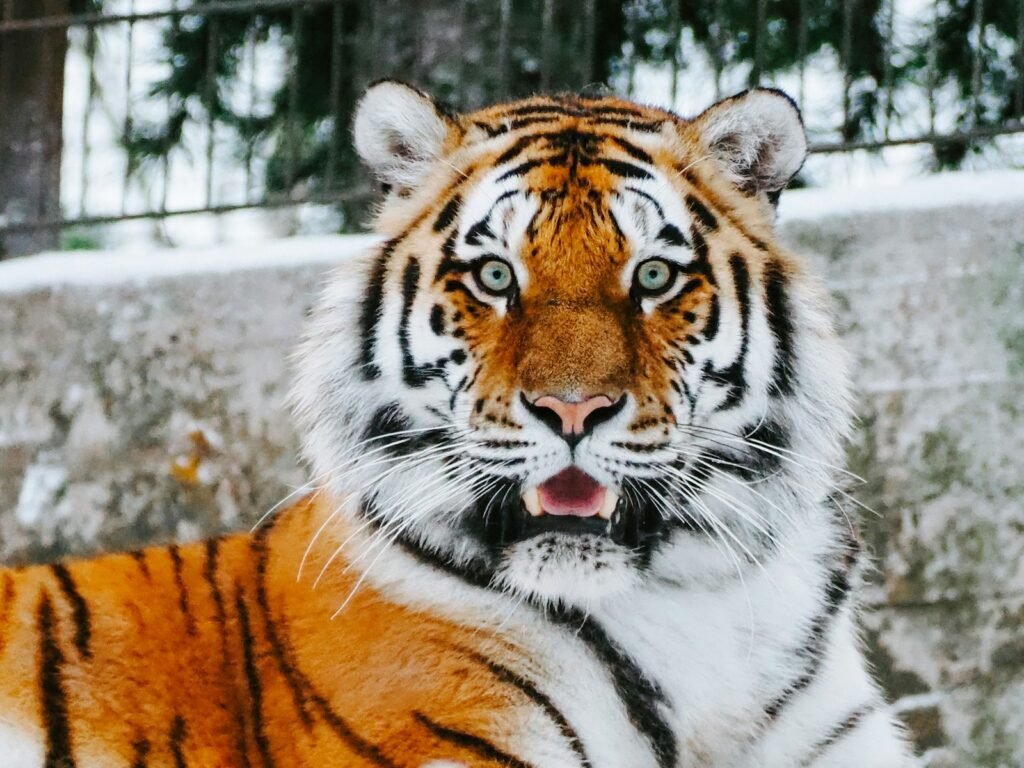
Tigers are highly intelligent animals capable of adapting their behavior to changing circumstances. This adaptability makes them elusive subjects in wildlife studies. Whether changing hunting techniques or adapting to new threats, their behavior shows an advanced level of cunning that contributes to their reputation.
The Role of Conservation Efforts
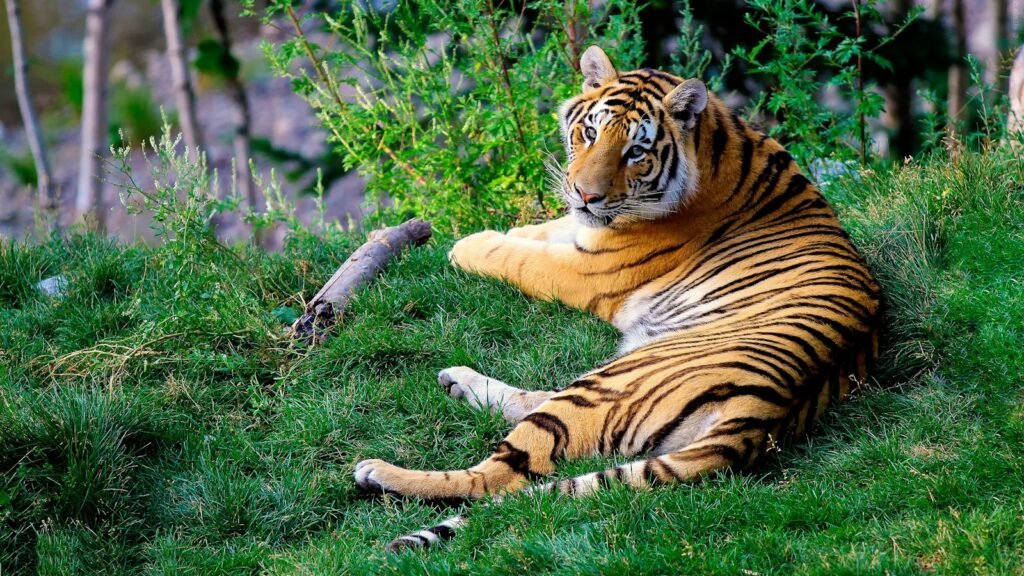
Various conservation initiatives aim to protect and increase tiger populations in the wild. Efforts such as tracking and monitoring, habitat restoration, and anti-poaching patrols have all played a role in trying to safeguard these big cats. While these measures are crucial, they can also make tigers even more wary of human presence, adding to their elusive nature.
Cultural Symbolism and Mythology
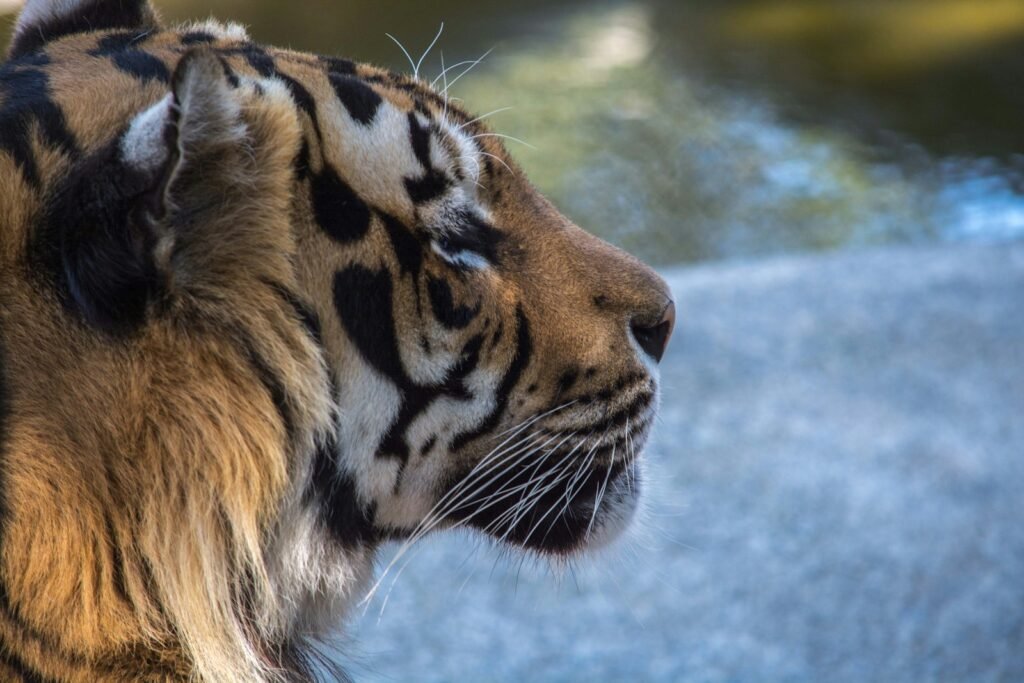
The tiger’s elusive nature is further exacerbated by its prominent role in myths and folklore. Across various cultures, the tiger is often depicted as a feared predator and a potent symbol of power and mystery. These legends and beliefs can affect perception and reinforce the idea of tigers as elusive, almost mythical creatures.
Future Prospects and Encounters

As conservation efforts hopefully yield positive results, future generations may have more opportunities to encounter tigers in their natural habitats. Continued research and understanding of these big cats’ behavior will be crucial in lifting the veil on their secretive lives and ensuring their survival for future admirers.
Ultimately, the combination of the tiger’s natural behaviors, habitat requirements, and human impacts on their environment contribute to their reputation as the most elusive of the big cats. Their mystery endures, captivating the imaginations of wildlife enthusiasts, researchers, and storytellers alike.

Growing up traveling and experiencing new cultures and wonders, I have had a passion for nature, adventuring, photography, and videography. I am currently working towards a BSc in Biodiversity and Ecology at Stellenbosch University, and I hope to specialise in Marine Sciences one day.
Please send any feedback to Feedback@animalsaroundtheglobe.com





